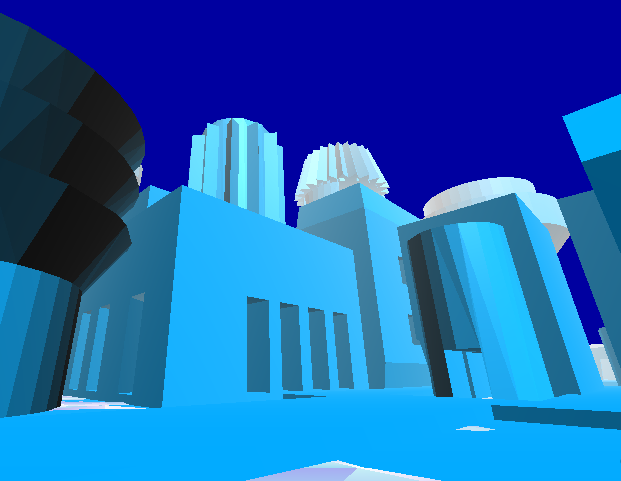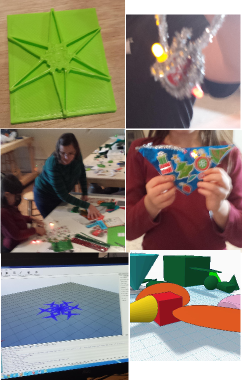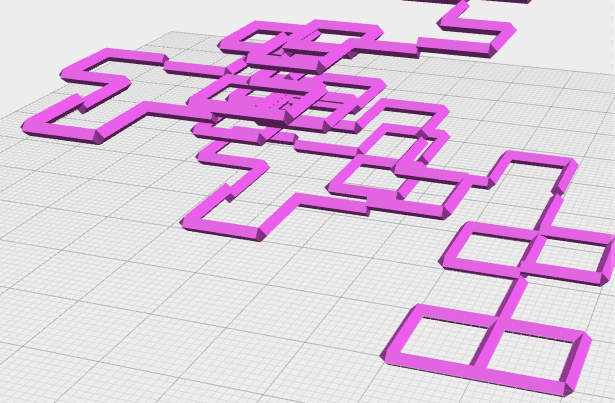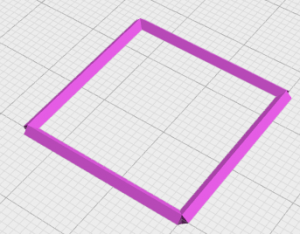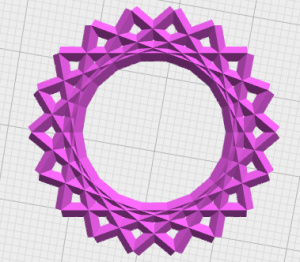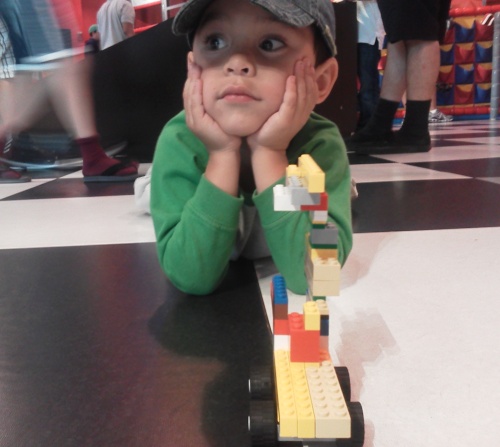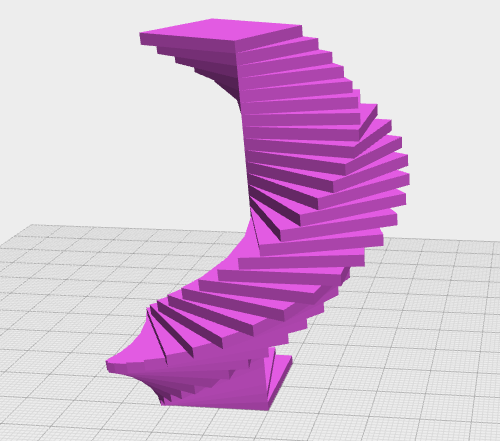As my kids get older, I have enjoyed finding ways that we can learn together, get inspired, and be entertained as a family. To my surprise my little boys have really enjoyed Nova documentaries. As a “big kid,” I find these stories very motivating and insightful. I wanted to share two of our favorite Nova programs. You might find them useful for your family or class room.
It’s still amazing to me that we have robots on Mars helping us understand that nature of this planet and it’s history. The Mars Curiosity Nova program really captures the creativity, passion, energy, and dedication of the leaders of the Mars curiosity program. I think we can be very proud of our teams at NASA JPL. They are amazing makers!
Similarly, the Nova program on the DARPA grand challenge tells the stories of various teams who attempted to create autonomous cars that can drive across a desert course. My kids really enjoy this program. I think the writers do a good job talking about the role of machine learning and computer vision in creating an autonomous car. At the same time, the program captures the emotions, leadership styles and team dynamics of the various players in the contest. Both programs are great case studies in creative teams, computer science, and autonomous technology. Makers of all ages will find these stories inspiring.
Hope you enjoy it!
NOVA | Ultimate Mars Challenge
Abstract: Why go back to Mars? Far from dead, Mars holds untold potential. Nearly half a century of Mars exploration has yielded tantalizing clues that Mars may once have harbored life—and may harbor it still. The extraordinary landing of a revolutionary rover named Curiosity—which successfully touched down inside the Gale Crater—means we have wheels down on the planet once again, in the form of the most sophisticated robot ever to rove the Mars surface. Will NASA’s bold mission and this marvel of technology answer some of our biggest questions and usher in a new golden age of exploration? NOVA goes behind the scenes on NASA’s quest to solve the riddles of the red planet.
Great Robot Race
Abstract: Twenty-three bizarre looking vehicles line up at the gate of the DARPA Grand Challenge with one thing in common: thereÕs nobody behind the wheel.
Top Stories on InspiredToEducate.NET
Learning To Code
- Easy Data Visualization with Google Charts and JavaScript
- Learn to Build Your Own Conversational Bot using ChatScript
- 10 Free Resources for Learning JavaScript and HTML5
- 17 Fun Tools To Teach Kids To Code by @ChrisBetcher
- Benefits of Teaching Kids To Code That No One Is Talking About
- Easy Recipes for Building Android Apps using MIT App Inventor
- 12 Steps To 3D Print Your Minecraft Creations
- How to Build Your Mobile App using HTML
- Simple Minecraft Programming Using ScriptCraftJS
Science Education
- Why hate science?
- 7 ideas for creating a student centered learning environment by Paul Andersen
- Using candy to teach DNA structure
Join the Spark Macon Maker Space Community on Facebook






